How to Make a Paradise
Seduction and Dependence in Generated Worlds
27 Mar - 16 Aug 2020

Primal Tourism, 2016
Installation view at Frankfurter Kunstverein 2020
„Primal Tourism: Walk-through”, presented on Samsung UHD Signage Display
Photo: Norbert Miguletz
©Frankfurter Kunstverein
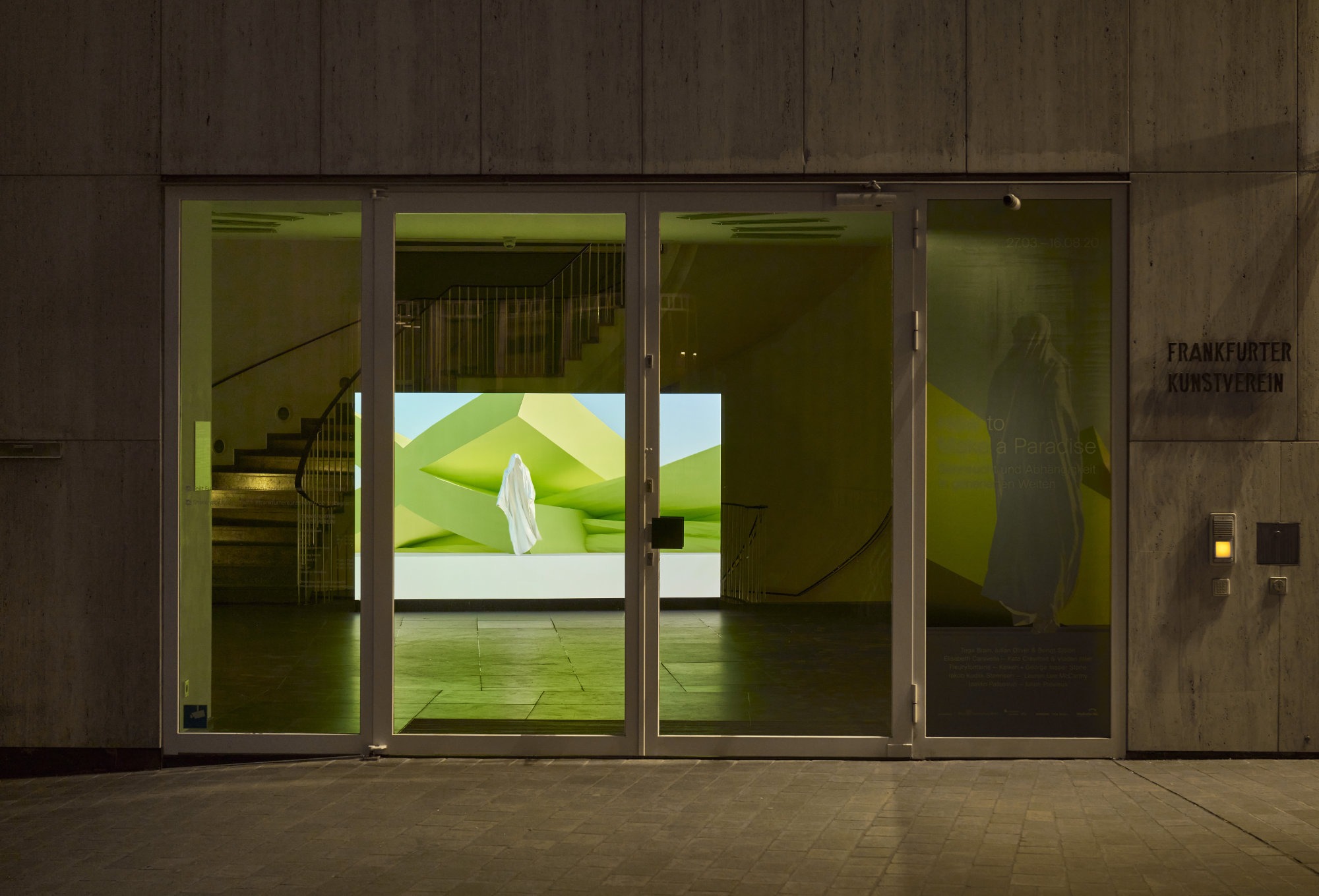
Howto, 2014
Exhibition view at Frankfurter Kunstverein 2020
„Howto” is presented on Samsung The Wall
Photo: Norbert Miguletz
©Frankfurter Kunstverein
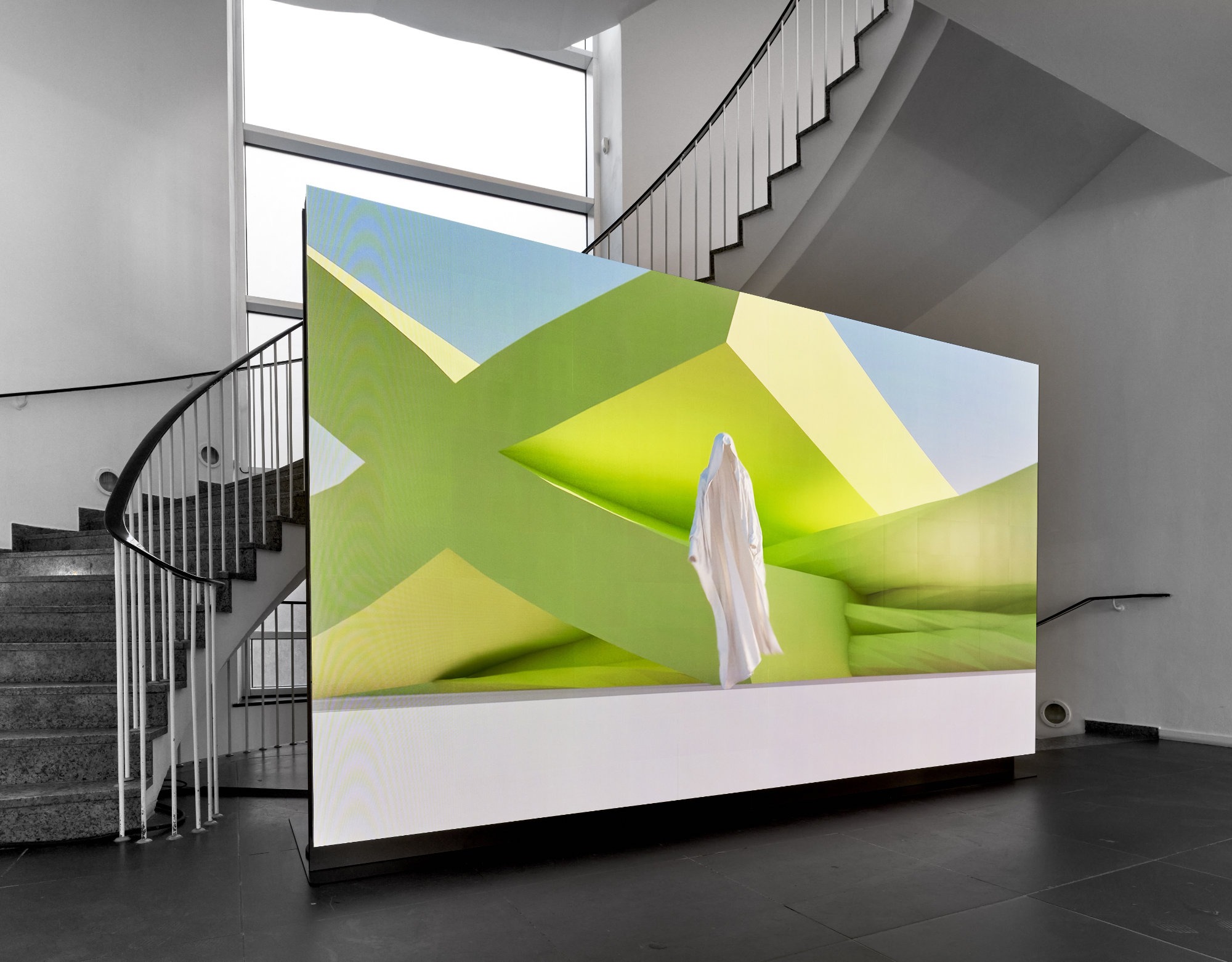
Howto, 2014
Exhibition view at Frankfurter Kunstverein 2020
„Howto” is presented on Samsung The Wall
Photo: Norbert Miguletz
©Frankfurter Kunstverein
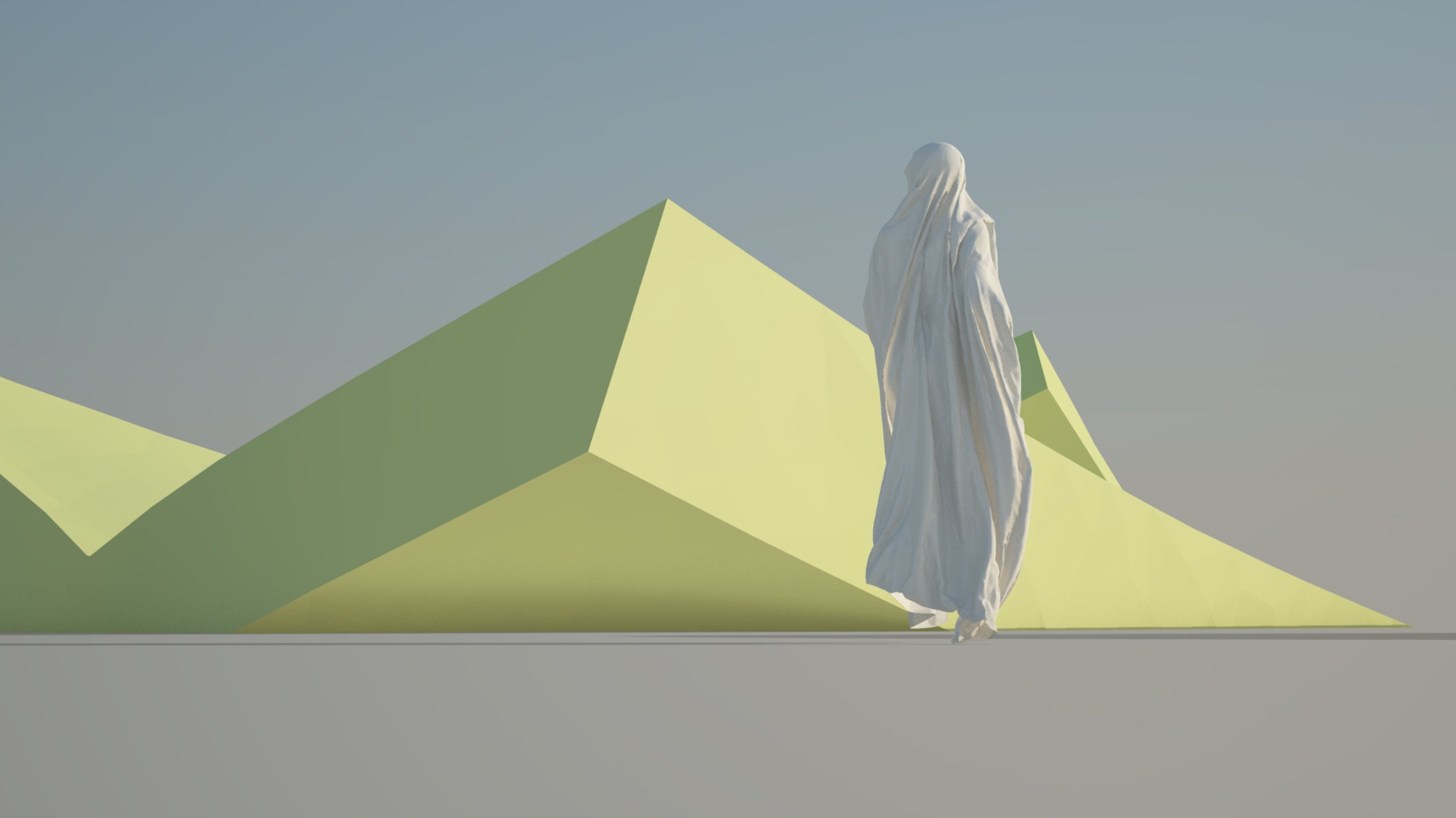
Filmstill
© Elisabeth Caravella - Le Fresnoy - Studio
national
Courtesy the artist
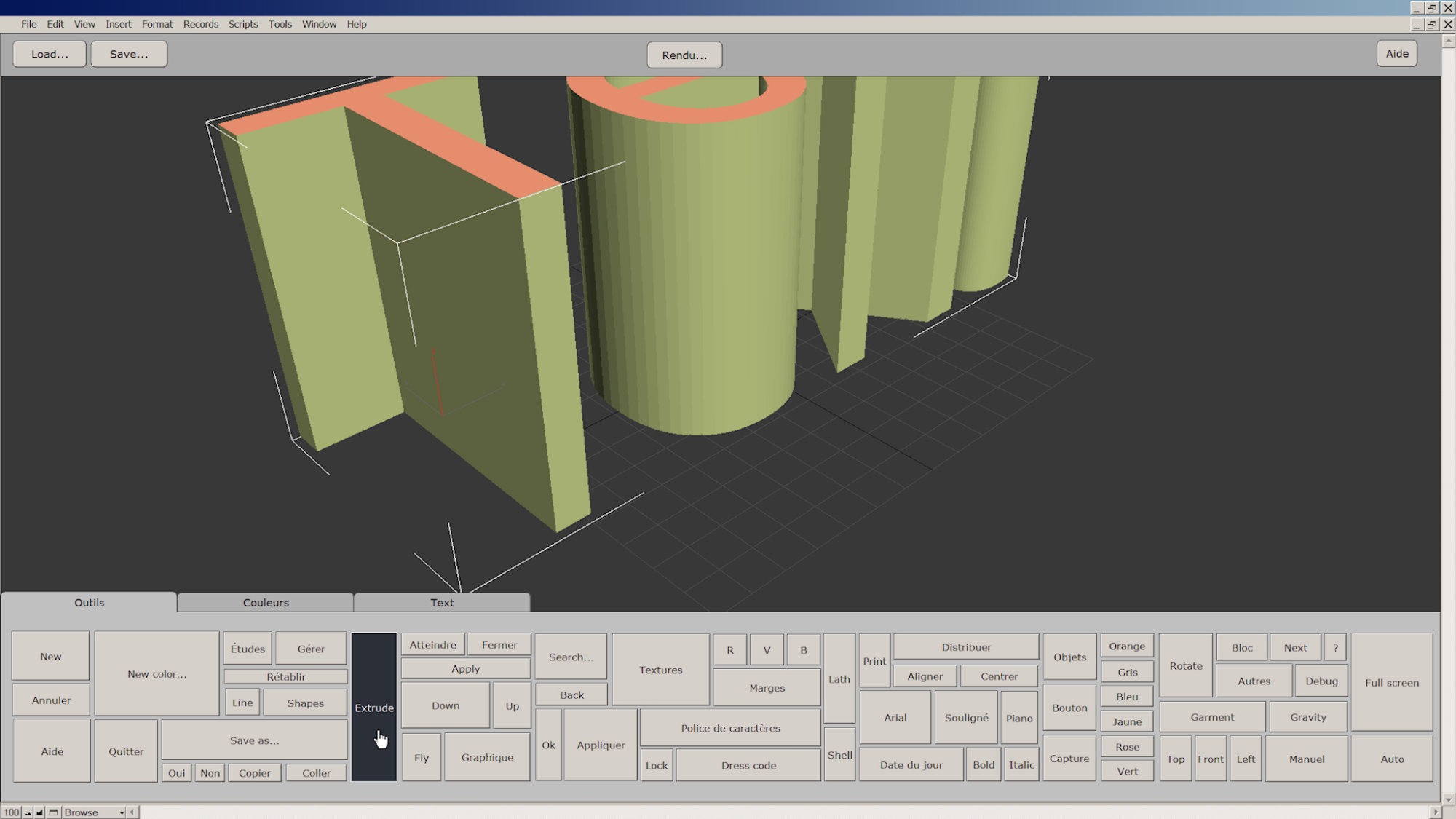
Filmstill
© Elisabeth Caravella - Le Fresnoy - Studio
national
Courtesy the artist
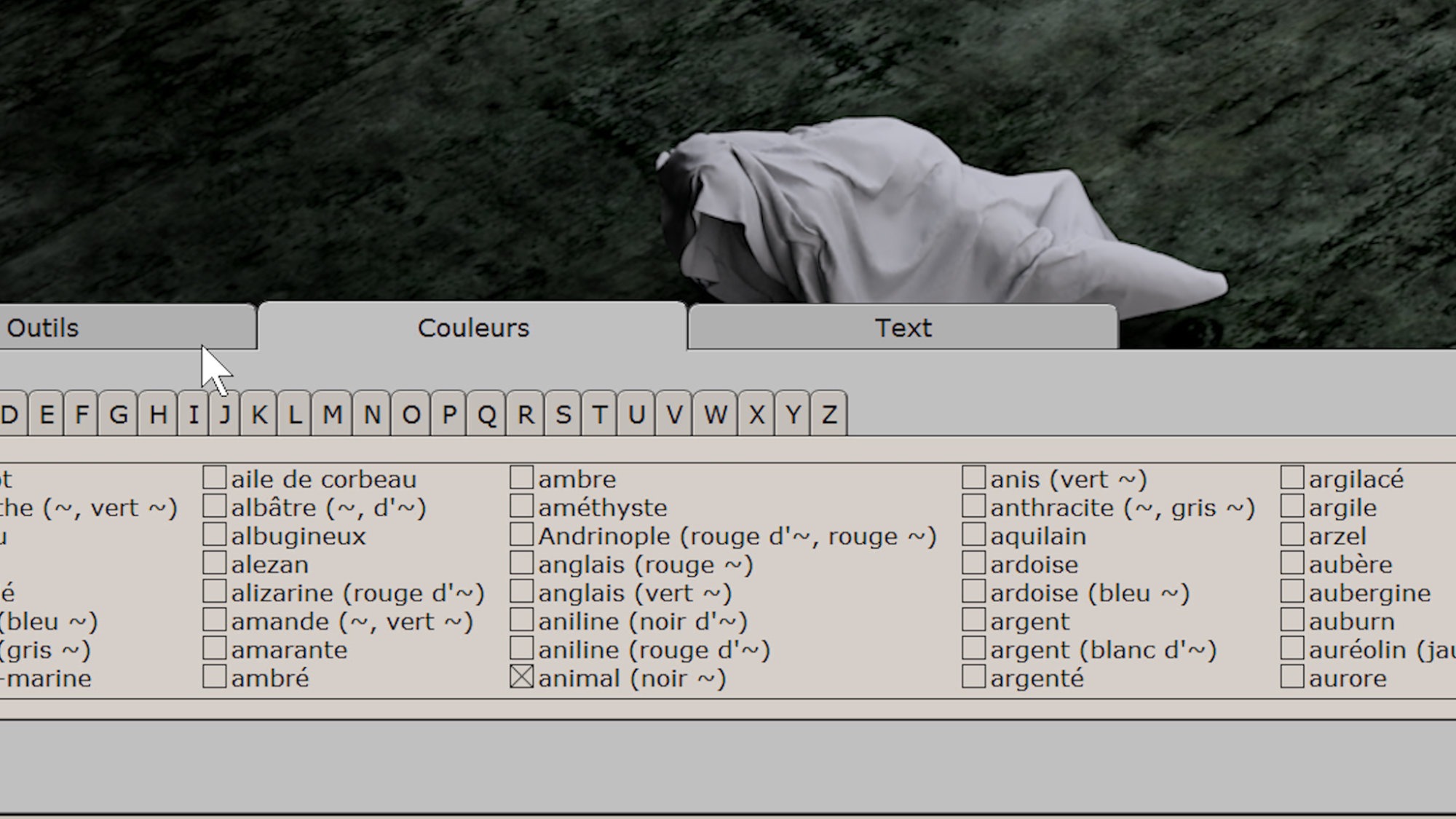
Howto
2014
Filmstill
©Elisabeth Caravella - Le Fresnoy - Studio national
Courtesy: the artist
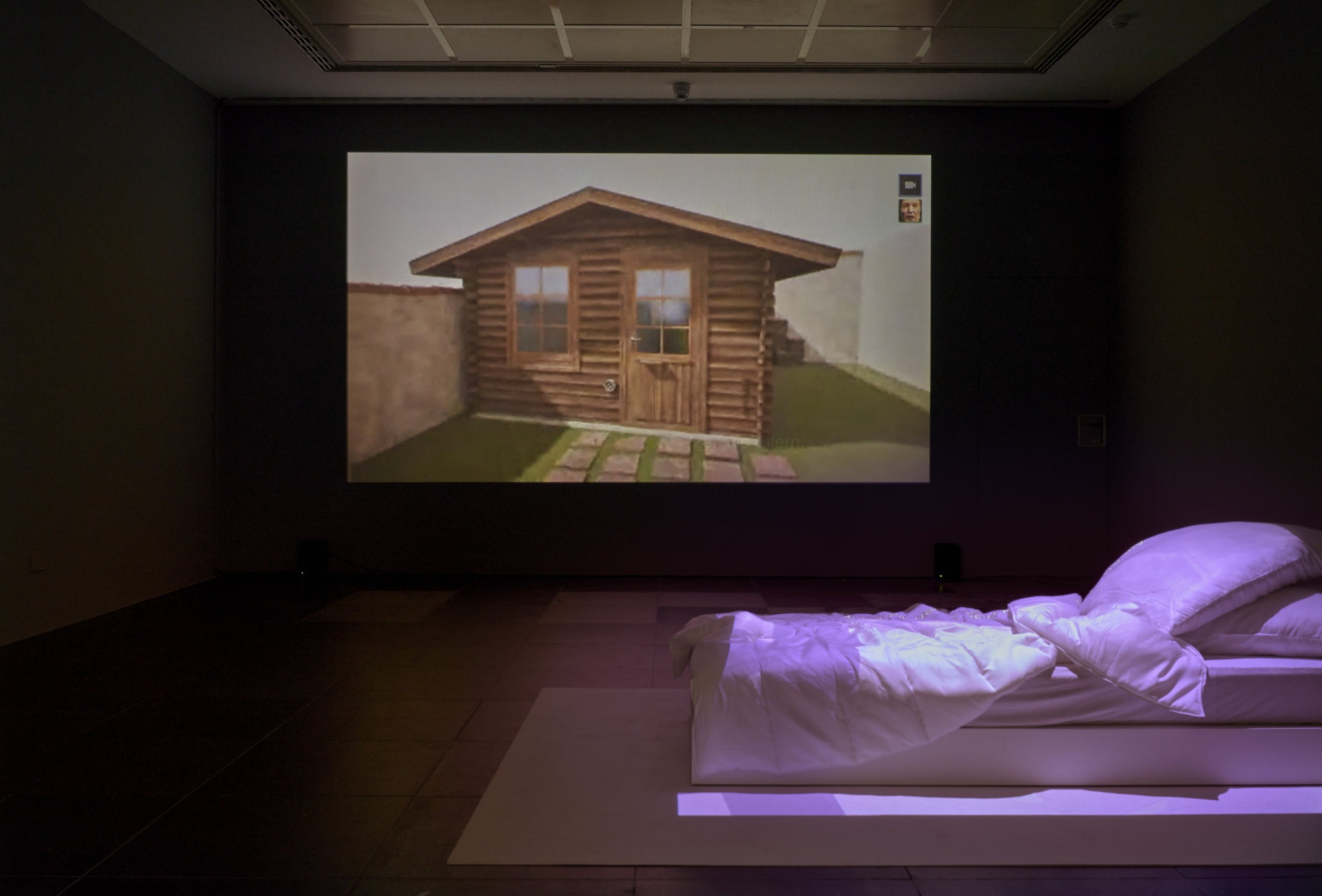
I would prefer not to, 2019
Installation view Frankfurter Kunstverein 2020
Photographer: Norbert Miguletz
©Frankfurter Kunstverein
Courtesy: the artists

I would prefer not to, 2019
Exhibition View
Frankfurter Kunstverein 2020
Photo: Frankfurter Kunstverein
©Frankfurter Kunstverein

Ange, 2019
(Part of the Installation „I would prefer not to“)
Filmstill
© fleuryfontaine - Le Fresnoy - Studio national
Courtesy the artists

Ange, 2019
(Teil der / Part of the Installation „I would prefer not to“)
Filmstill
© fleuryfontaine - Le Fresnoy - Studio national
Courtesy the artists
Seduction and Dependence in Generated Worlds
27 March - 16 August 2020
Participating Artists: Tega Brain, Julian Oliver & Bengt Sjölén, Elisabeth Caravella, Kate Crawford & Vladan Joler, Fleuryfontaine, Keiken + George Jasper Stone, Jakob Kudsk Steensen, Lauren Lee McCarthy, Jaakko Pallasvuo, Julien Prévieux
Paradise stirs fulfillment and longing: for far away and beauty, for effortless existence. Digital gadgets are available anytime, anywhere. They promise expansion of our comfort zone, and abduct us from the here and now. They transport us into worlds whose surface appearance is adaptable to our wishes.
Playful, user-friendly and with the tone of a soft voice, they effortlessly help us through everyday life. To ensure that digital assistants respond to a clap of hands or swipe of a finger, the globe is spanned with a powerful infrastructure of satellites, underground cables, databases and server farms operated by a handful of global corporations. These services use energy, raw materials and low-paid labor, but provide quick access to fulfilment of our immediate desires. In return, their users are drawn into dependency. Artificial intelligence, robotics and virtual reality serve the promise of a better world, a technically optimized solution, free of human error.
Through access to digital tools we feel enabled to act with self-empowerment in the virtual sphere. We survey the web in search of solutions for our everyday problems. Online DIY – do it yourself – culture provides access to collective knowledge, equipping us to act autonomously. This new freedom of action is characterized by the use of tools and applications that don’t require knowledge of computer language or the complexity of their systems. Operational knowledge (“how to”) is usually sufficient, doing comes before understanding.
We reflect ourselves in digital surfaces. We constantly optimize our skills, our self and our individual world. We long for seduction and the feeling of closeness without intimacy, of excitement without consequence, in individual paradises. With a digital body as a fabricated manifestation of our artificially staged self, we move through the matrix of the digital world in search of recognition and self-assurance through the likes of online communities.
Curated by Mattis Kuhn with the support of Franziska Nori, the exhibition at Frankfurter Kunstverein includes a wide range of artistic projects that deal with the human desire for digital escapism, as well as the urge to expand our abilities through technology in pursuit of self-optimization. Multimedia installations, digital films and VR experiences are on view. Under the title “How to Make a Paradise” artists present visions of earthly paradise, reflect on current developments, and prompt visitors to create their own imagined future worlds.
